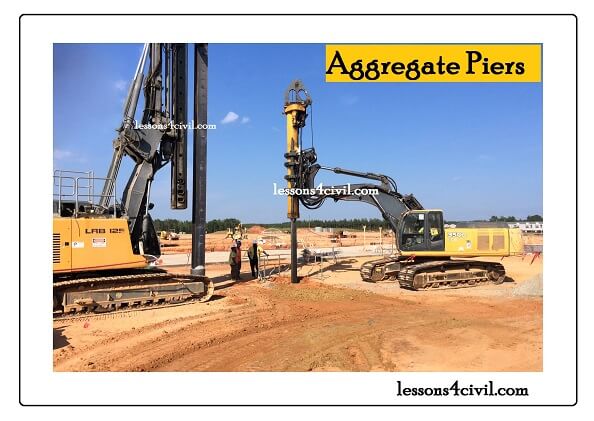Aggregate Piers
Aggregate piers are columns made of stone to increase the bearing capacity of the soil mass and to improve its stability. To reach a high performance, different patterns are designed regrading technical and numerical considerations. This technic is a cost-effective solution to reduce the settlement of footings.
To construct them, the ground is drilled according to the pattern and each bore is filled with stones and frequently compacted in several steps. Since compaction may cause problematic increase of pore pressure, it is highly recommended to study the condition of adjacent structure beforehand. The final column which is compacted and embedded with soil act as a structural member to mitigate loads.
Advantages
Some benefits of this method are:
– Increase the rate of drainage due to vibration
– Reduction in liquefaction risk
– Easy and efficient method for slope stabilization
– Cost-effective construction process
– Applicable for unpredictable, layered soils.
Efficiency of the method
Generally aggregate piers are columns made of stone to increase the bearing capacity of the soil mass and to improve its stability is highly efficient for a wide range of soils. It is noteworthy that numerical modeling is a powerful tool to design and boast the efficiency of any soil improvement project prior to construction. You can click here several video lessons related to numerical modeling of soil compaction projects to help students and engineer.



Comments